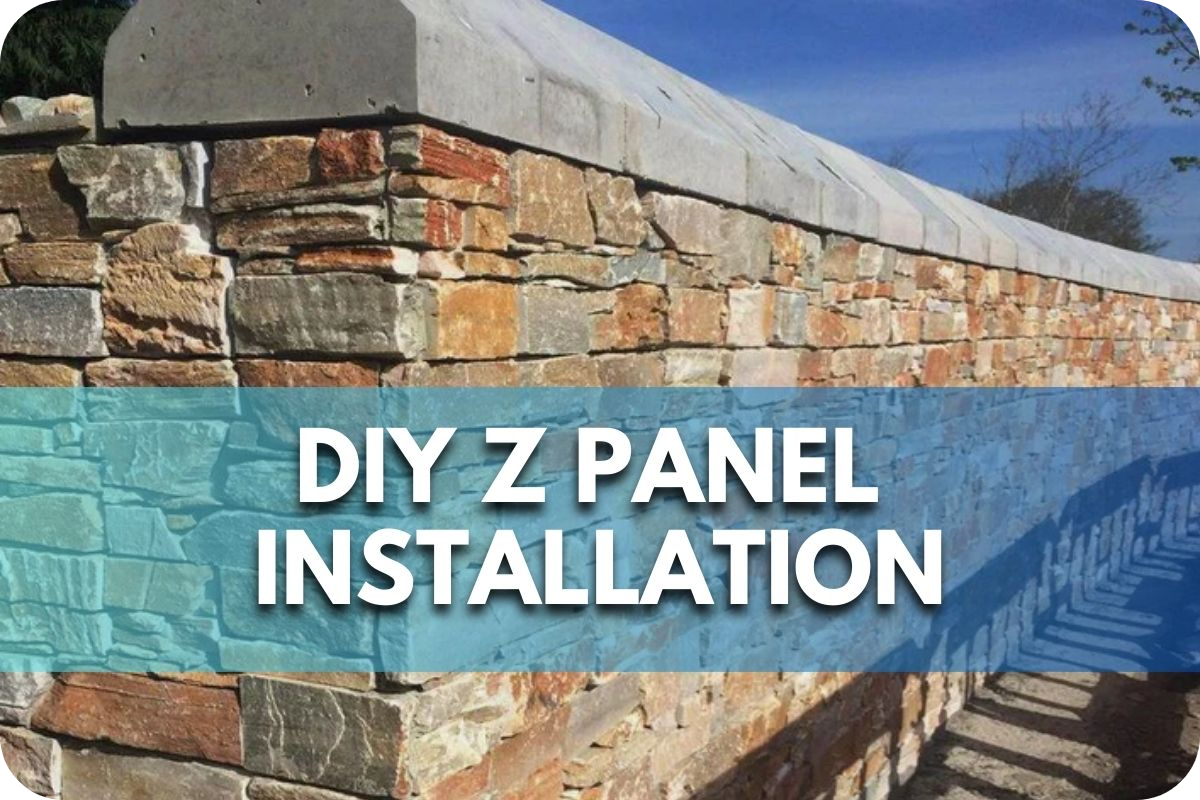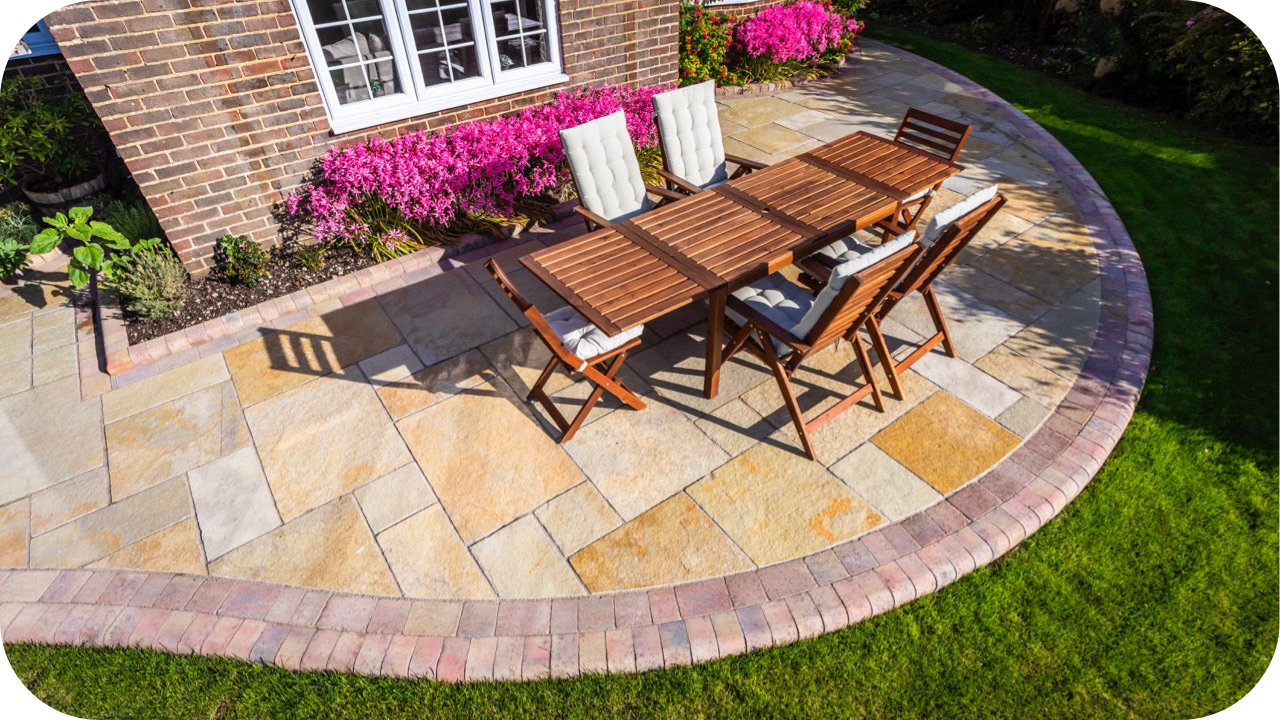
Renovating your home can be expensive. Hiring contractors adds to the overall cost, leaving you searching for DIY alternatives. Z panels offer a stylish and modern look, but their installation can seem daunting.
You may wonder if you have the skills and resources for a successful Z panel installation and whether the savings are worth it.
This guide explores the feasibility of DIY Z panel installation. It provides insights into the tools, process, and potential challenges so you can confidently decide if this project is a good fit.
Tools and Materials Needed
While DIY Z panel installation might seem overwhelming, the tools and materials are relatively straightforward. Here’s what you’ll need:
Tools
- Tape measure
- Level
- Utility knife
- Caulk gun
- Optional: Mitre saw (for angled cuts), Jigsaw (for complex cuts around outlets/pipes)
Materials
- Z panels (calculate the area you need to cover)
- Construction adhesive (check the Z panel manufacturer’s recommendation for the best type)
- Caulk (colour-matched to your panels or trim if desired)
- Panel spacers (optional, to maintain even gaps)
- Painter’s tape (to protect surrounding surfaces)
Preparing for Installation
Thorough preparation sets the stage for a smooth and successful Z panel installation. Here’s what you need to do:
- Measure and Plan: Calculate the square footage of the wall. Add 10% to account for cuts and waste. Decide on your panel layout – staggered, stacked, or a custom pattern. Sketch it out to visualise the result.
- Clean the Surface: Z panels need a clean, debris-free surface for good adhesion. Remove old wallpaper or loose paint, and ensure the wall is dry and dust-free.
- Levelling: If needed, use a level to find any irregularities in the wall. Patch significant dips or uneven areas for better adhesion and a seamless finished look.
Design Considerations
- Outlets and Switches: Plan how you’ll cut around these. You may need to turn off the power and remove the covers for easier installation.
- Corners: Decide how to finish corners (mitred cuts, corner trim, etc.) for a polished appearance.
Step-by-Step Installation Guide
Now that you’re prepared, let’s get those Z panels on your wall!
- Step 1: Surface Preparation: Ensure the wall is clean, dry, and level. Make any necessary repairs to create a smooth surface for the best results.
- Step 2: Planning and Layout If you haven’t already, determine your layout pattern and mark any cutlines on your first row of panels.
- Step 3: Cutting the Z panels: Using a utility knife, mitre saw, or jigsaw, carefully cut the Z panels to size as needed. Remember to factor in outlets, switches, and corners.
- Step 4: Applying Adhesive and Placing Panels Follow the manufacturer’s instructions for your chosen adhesive. Apply it generously to the back of the panel and the wall. Press the panel firmly into place, using a level to check alignment. If using spacers, place them between panels for even spacing.
- Step 5: Sealing and Finishing Touches: Once all panels are set, allow the adhesive to dry completely. Use caulk to seal any gaps around edges or corners. Install any corner trim, and reattach outlet or switch covers for a professional finish.
Common Challenges and Troubleshooting
Even the most prepared DIYer can encounter a few hiccups along the way. Here are some common Z panel installation challenges and how to troubleshoot them:
Uneven Surfaces
- Solution: Before installation, address significant unevenness with patching compounds. For minor unevenness, use a thicker bead of adhesive behind the panel to help bridge small gaps.
Misaligned Panels
- Solution: Meticulous measuring and using a level during placement are crucial. If a panel is crooked, gently pry it off while the adhesive is still somewhat pliable and reposition it.
Gaps Between Panels
- Solution: Panel spacers help maintain consistent spacing during installation. For existing gaps, colour-matched caulk can provide a seamless camouflage.
Cutting Mistakes
- Solution: Always measure twice, cut once! Take your time with cuts, especially around complex shapes. For minor mistakes, caulk or creative trim solutions can help mask imperfections.
Maintenance and Care
Z panels are generally low-maintenance, but a little care will keep them looking their best for years. Here’s how to maintain them:
Cleaning
- Regular Dusting: Use a soft cloth or duster to remove dust buildup.
- Light Cleaning: For occasional smudges or light marks, dampen a soft cloth with water and a mild soap solution. Wipe gently and dry the area immediately.
- Avoid Harsh Chemicals: Steer clear of abrasive cleaners or solvents that could damage the panel surface.
Repairs
- Minor Scratches: For light scratches, a touch-up kit from the manufacturer (if available) or a matching caulk can help disguise the imperfection.
- Dents or Chips: Deeper damage may require replacing the panel. When making your initial purchase, consider ordering extra panels.
Tips for a Successful DIY Project
A positive DIY experience requires planning and the right mindset. Here are some essential tips for success with your Z panel project:
- Start Small: If you’re new to DIY, begin with a smaller accent wall to build confidence and practise your skills before tackling a larger space.
- Thorough Research: Invest time in understanding the installation process. Watch tutorials specific to your Z panel brand and thoroughly read the manufacturer’s instructions for the best results.
- Proper Tools: Don’t try to make do with inadequate tools. Having the right equipment will make the process smoother and prevent frustration.
- Realistic Expectations: DIY projects often take longer than anticipated. Be patient, set realistic timelines, and embrace the learning process.
- Ask for Help: If you get stuck, don’t hesitate to ask for assistance. Consult online resources, helpful DIY forums, or even a handy friend or neighbour for advice.
When to Outsource to a Professional
While DIY Z panel installation can be satisfying, some situations warrant calling in the experts. Consider hiring a professional if:
- Complex Projects: Large areas, intricate cuts around numerous obstacles, or challenging surfaces like curved walls might be best left to experienced contractors.
- Exterior Projects: Installing Z panels on the exterior often requires specialised techniques and materials to ensure proper weatherproofing and long-term durability.
- Time Constraints: A professional can ensure timely and efficient project completion if you have a strict deadline.
- Lack of Confidence: If you’re nervous about tackling the installation yourself, don’t let that deter you. Hiring a professional ensures correct installation and a beautiful, stress-free outcome.
Conclusion
DIY Z panel installation is feasible for many homeowners!
You can transform your space with planning, the right tools, and this guide.
Don’t be afraid to try it – you might surprise yourself with the stunning results you create!
More To Explore

Combining Natural Stone with Wood for a Modern Look
Imagine a living space where the raw, earthy beauty of wood meets the sleek elegance of natural stone. This powerful combination creates a perfect balance

Benefits of Natural Stone Pavers
Ever wondered why natural stone pavers are becoming a top choice for outdoor spaces? These durable, naturally quarried materials—like granite, sandstone, or bluestone—offer both strength


